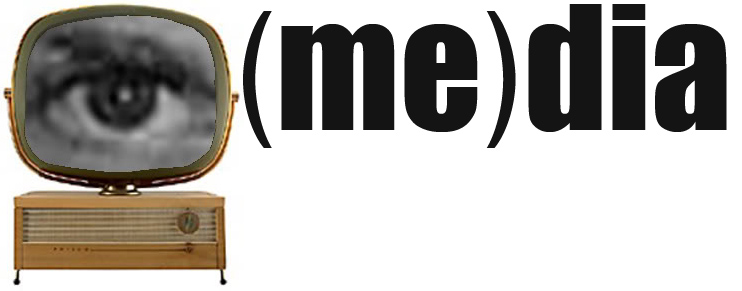These questions are meant to focus your preparation – they’re not a contract restricting the questions on the test. I do want this sheet to help you prepare, though, and so it is my goal that if you understand comprehensively answers to all of the below prompts, you should be able to perform well on the test.
Be able to identify and distinguish between the three levels of Media literacy.
Understand how the various topics we've covered in this class relate to the three levels of media literacy.
How do the two different meanings of "entertain" relate to media literacy.
What is a "myth"?
Be able to identify the major myths that we discussed in class. Be able to identify how the myths differ & how they function within a text.
Understand how mass media myths work and are created and reinforced.
How has the American Myth of Success shifted over time? (reading on the myth of success)
What are the sources of "luck" versus "pluck" in this myth?
Be able to explain what "situated cognition" and "connectionism" are -- how have they re-oriented the ways that people think about literacy. (from Gee's article)
What does it mean that we always read things in a particular way for particular reasons?
Be able to understand and explain the differences between a semiotic domain, design grammar and an affinity group.
Be able to explain the overall point of semiotics. Be sure to understand: signs and codes, first and second level signification; denotative & connotative meaning; signifiers and signifieds; and slippage.
How do codes constrain signs?
Be able to determine the difference between paradigmatic and syntagmatic meaning. Understand how both operate to create meaning and how the process of studying them may improve our visual literacy.
Understand the ways that content-level signs and formal signs differ and overlap in particular texts.
Be able to define and understand the meaning of the terms "Diegesis" and "Montage" and be able to explain how each of them work within visual codes of meaning.
Be able to differentiate between and identify the major categories of camera angles, movements and editing described in class.
Understand what the practice of "coolhunting" is and how it relates to media conglomerates.
What is the "feedback loop" described in Merchants of Cool?
Understand how "mooks" and "midriffs" function in the mythology of "cool." What are some of the key elements of the myth of "cool" that we articulated in class.
How does genre function for society?
Understand how hybridity functions in shaping genre now.
Be able to explain the different ways that producers, audiences and critics constitute genre.
How do the narrative formulas of genre give way to ideology and mythology?
Be able to connect the preferred subject position from AMW and COPS to the two ideologies they represent.
What narrative conventions from each of these shows illustrate the ideologies of progressivism and populism respectively?
Explain Neil Postman's idea about why reading the Newspaper creates better citizens.
Be able to identify the elements of good multi-modal storytelling from our class session.
Be able to identify the problem that "diegesis" creates for news communicated through visual media.
Know the five steps of the media production and distribution process.
Understand the ways that the two funding models differ; be able to identify the shape of the emerging third model that we talked about in class.
Be able to understand how Scott McCloud suggests that massification threatens the integrity of the artistic process, and the outcome for media consumers (particularly comics consumers).
Be able to identify the arguments from class regarding Conglomerates and Society.
THE READINGS YOU SHOULD HAVE COMPLETED FOR THIS TEST ARE:
reading television
semiotic domains
understanding comics
american myth of success
reinventing comics
introduction to the 6th edition
